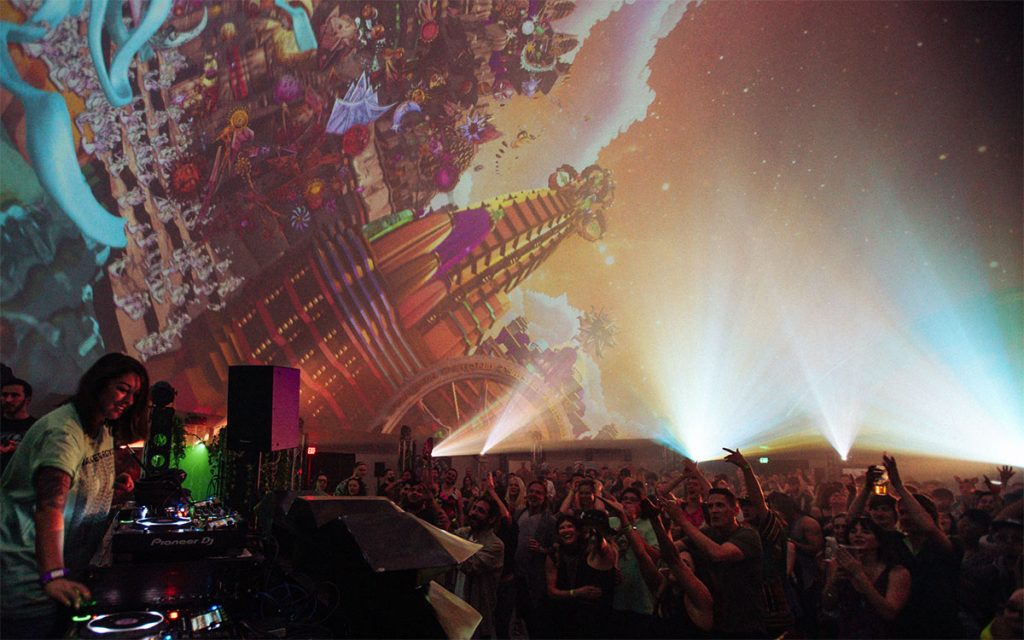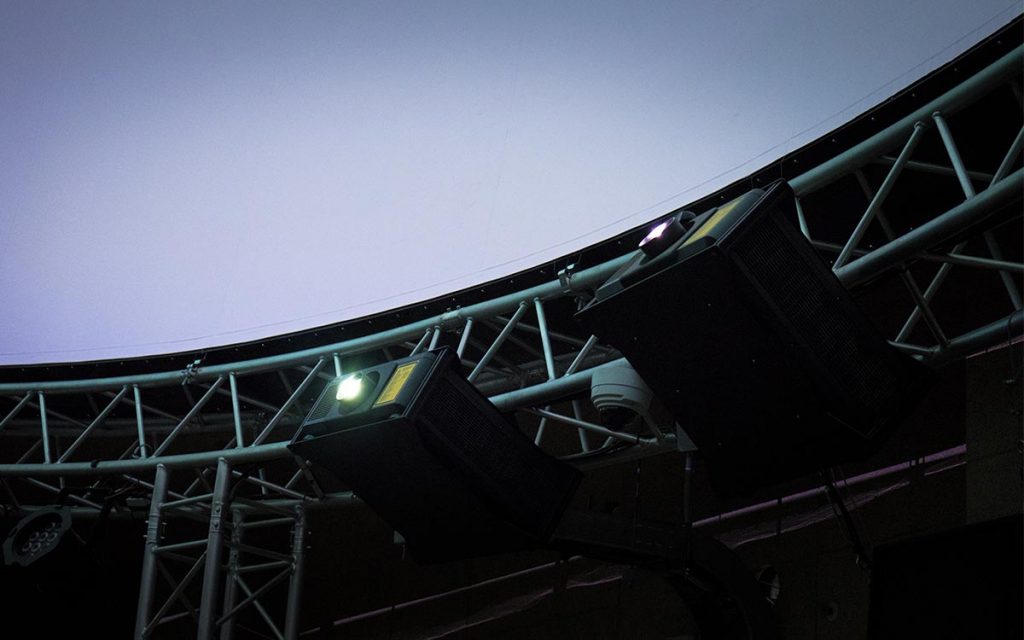Filmmakers work very hard to create high-quality content with an interesting subject matter. But it’s not just about great stories: it’s also about beautiful cinematography, fantastic graphics and animation, rich colors, subtle shades, bright whites, and rich blacks. As viewers, we like to have the best screens, in order to do justice to their work. From the early days of television, we have progressed to FullHD, 4K, and now 8K. Over the decades, cinema has had many formats – and vast screens – for the best films, and now it too has gone digital with 4K and 8K laser projection. Dome cinema is no different. Where once film formats like IMAX were the only way to get high-resolution dome projection, digital systems now dominate the dome market, with 4K becoming the standard and 8K being used in larger domes.

As with all other formats, when it comes to digital dome projection, the quality of the projected image is of the utmost importance. There are many factors that influence the final image, but we can point to three components of the dome projection system: the screen, the projectors, and the media server. We asked our experts to reveal exactly how Fulldome.pro combines these elements to produce an outstanding image.
The screen
The screen is the thing the whole audience is looking at, but ideally, they should not really see the screen, just the image it is holding. Unlike cinema screens which are flat or perhaps curved on one plane, a dome screen curves in every direction. Fulldome.pro manufactures fabric screens, and our team of expert sewing machinists is very good at turning two-dimensional bolts of cloth into vast, flawless, three-dimensional screens. Our patented negative-pressure technology, suspends the screen evenly inside the dome, stretching it outwards to create a wrinkle free surface. Even our portable domes which are frequently folded, transported, and unfolded again for each installation quickly stretch back into shape eliminating creases. Our outdoor domes can be used in full daylight because the screen has a full blackout backing layer. Screen gain, the amount of light reflected off the surface, is critical. In a dome, the reflected light falls on other parts of the screen, lowering the contrast of the image, whereas in a regular cinema the reflection would hit the walls, ceiling, and floor. Therefore, a dome screen is not white, as might be expected, but grey. Exactly what shade of grey depends on the size of the dome and the projectors. Because projectors are placed around the perimeter of the dome in proximity to the screen, all the fabrics used by Fulldome.pro are tested and certified as a flame retardant.

The projectors
There are many makes and models of projectors available, with various specifications, features, and prices. The IT team at Fulldome.pro keep up with the latest developments in projection technology and are constantly evaluating projectors to determine which are most suited to different dome sizes and applications. There’s a lot more to it than just numbers, and over the years our team has learned how to select the best projectors for each situation – which are often not the most expensive or those with the highest specs.

The media server
The heart of the projection system is the media server, and because Fulldome.pro uses a single-server solution, it’s the brains too. We have four models of media server, ranging from the Nano for smaller portable domes up to the Ultimate for large, fixed installations with 16 or more projectors. Unlike some systems where there is one media server for each projector, with content pre-split for each, another server to synchronize everything, and perhaps another for calibration and blending, our single-server solution supports up to 64 projectors. This includes our fully automatic camera-based calibration, which eliminates the need for manual masking, blending and pre-splitting content. No wonder it has revolutionized the industry. Fulldome.pro Media Servers (except the Nano) support Fulldome Live – real-time content input from external sources – so the dome can stream live events, host a dance party with a live VJ, or use astronomical simulators and other presentation tools. Find out more about our Media Servers here.

